SUMMARY
This is AI generated summarization, which may have errors. For context, always refer to the full article.
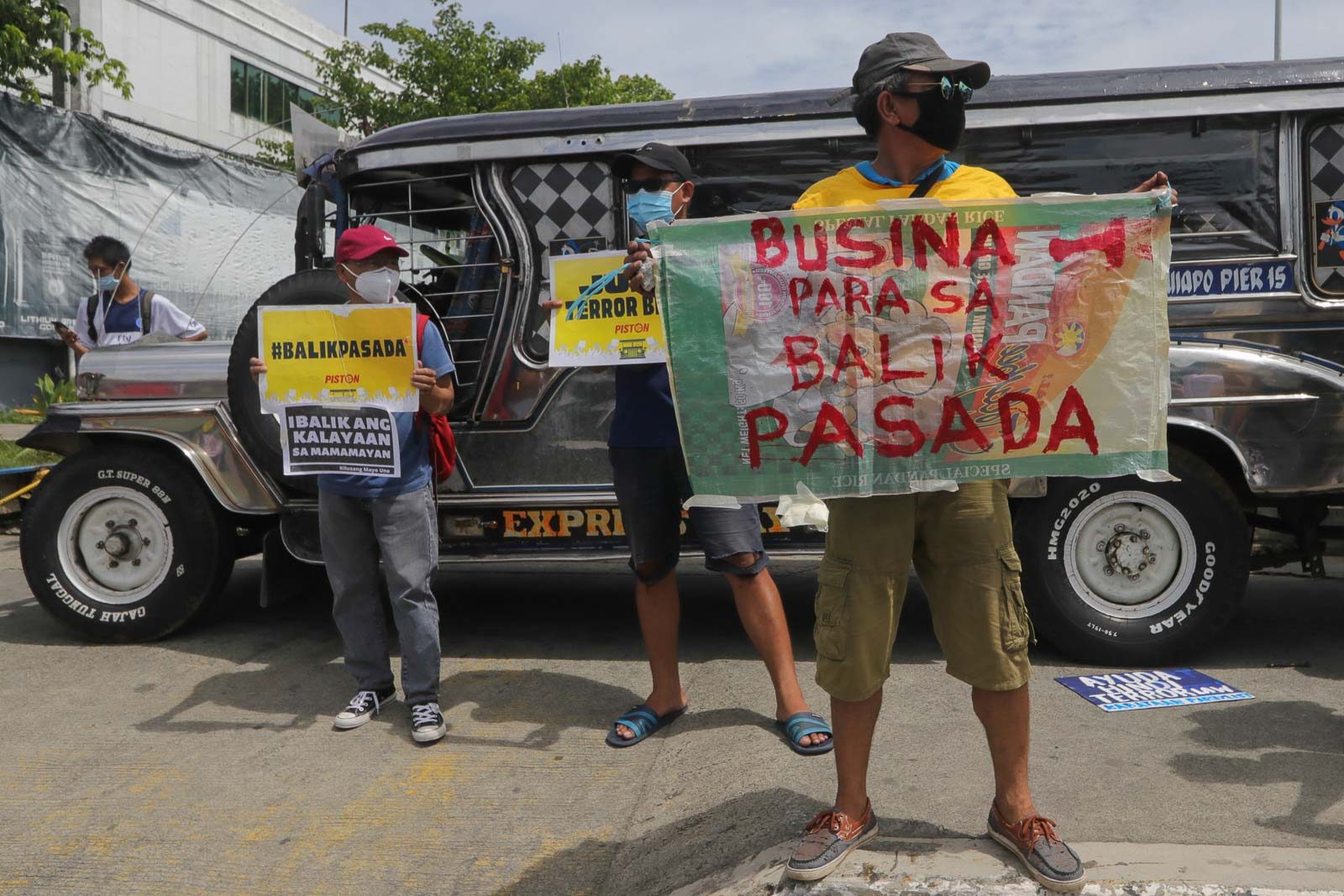
The Philippines’ commitment to reduce greenhouse gas emissions by 2.71% on its own will largely come from government programs on energy efficiency and public transport modernization.
Jerome Ilagan, Chief of Policy Research and Development at the Climate Change Commission, explained this during a public forum on Tuesday, April 20, hosted by the Philippine Misereor Partnership Inc (PMPI).
He said the Department of Transportation (DOTr) and Department of Energy (DOE) already have assured funds for these long-term programs, hence the government was confident to commit this amount of emission reductions.
“Those who have a commitment for that are DOTr and DOE because those programs are actually being supported already under our national budget. For the DOE, it’s efficient energy. For the DOTr, it’s the PUV modernization,” said Ilagan.
A 2010 government inventory of Philippine greenhouse gas emissions shows that the energy industry and transportation are the top two sources of emissions, contributing 42% and 31.3%, respectively, of emissions.
Reducing emissions from vehicles is critical as the same data showed that 88% of emissions from transportation come from road use.
Will jeepney drivers carry burden of emission cuts?
The public utility vehicle (PUV) modernization program, however, has been much assailed in recent months with jeepney drivers and operators slamming it as anti-poor and ill-timed due to the pandemic.
In 2020, the DOTr used the gradual reopening of public transportation as a way to push PUV modernization, by prioritizing modernized PUVs in the first reopened commute routes.
Traditional jeepney drivers and operators cried discrimination and took to the streets, defying mass gathering prohibitions.
Melvin Purzuelo of PMPI and Green Forum voiced his concern over these emissions reduction programs.
“What is the burden sharing? Will the drivers be the one to shoulder the burden of transition from diesel jeepneys to Euro 4- or Euro 5-compliant vehicles or electric vehicles?” he asked during the Tuesday forum.
The PUV modernization program aims to phase out old jeepneys and replace them with units powered by Euro 4 engines or electrically-powered engines with solar panels for roofs.
But such vehicles are estimated to cost around P1 million, which small-time jeepney drivers and operators say is still far beyond their means, despite promised government subsidies.
Pressure to deliver
But the PUV modernization program’s inclusion in the 2.71% emissions reduction target puts pressure on the government to carry out the program, amid fierce criticism and staunch protests.
The 2.71% target is part of the country’s Nationally Determined Contributions (NDC) to a United Nations-backed global agreement to curb global warming, the historic Paris climate change agreement.
The total NDC is actually to reduce emissions by 75% by 2030 compared to the business-as-usual scenario from 2020 to 2030 (or the amount of emissions if no interventions were done during that decade).
But only 2.71% of this goal is “unconditional,” meaning the Philippines commits to do this using its own funding and resources. The remaining 72.29% is “conditional,” meaning the country will only reduce by that much if the international community provides aid.
But Ilagan also emphasized that the NDC is a moving target and the unconditional commitment could still increase. He also said other government agencies will contribute to the commitment, not just the DOTr and DOE.
Ilagan also gave assurances that the Climate Change Commission would consult civil society groups as the government discusses more concrete plans on how to implement the NDC and how to spread out reduction targets across various agencies and sectors. – Rappler.com
Add a comment
How does this make you feel?
![[OPINION] In a changing climate, how do we ensure safety and health at work?](https://www.rappler.com/tachyon/2024/04/Climate-change-safety-workers-April-25-2024.jpg?resize=257%2C257&crop_strategy=attention)
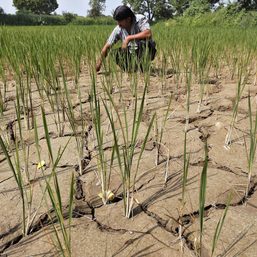

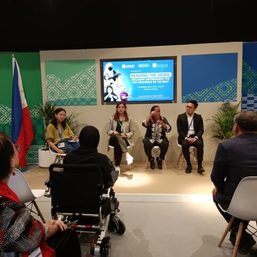
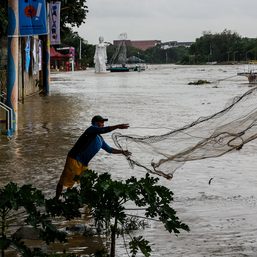

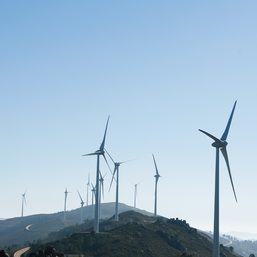
![[ROUNDTABLE SERIES] Powering up: Building a bright future with energy security](https://www.rappler.com/tachyon/2024/04/Omnibus-with-guests.jpg?resize=257%2C257&crop_strategy=attention)
![[OPINION] Fossil fuel debts are illegitimate and must be canceled](https://www.rappler.com/tachyon/2024/04/IMHO-fossil-fuel-debt-cancelled-April-16-2024.jpg?resize=257%2C257&crop_strategy=attention)
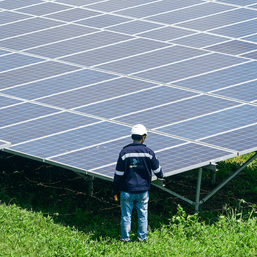

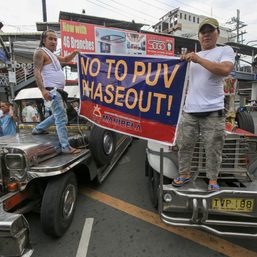
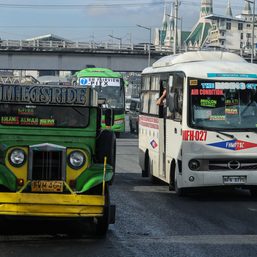

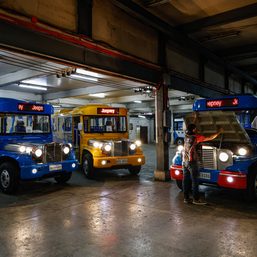
There are no comments yet. Add your comment to start the conversation.